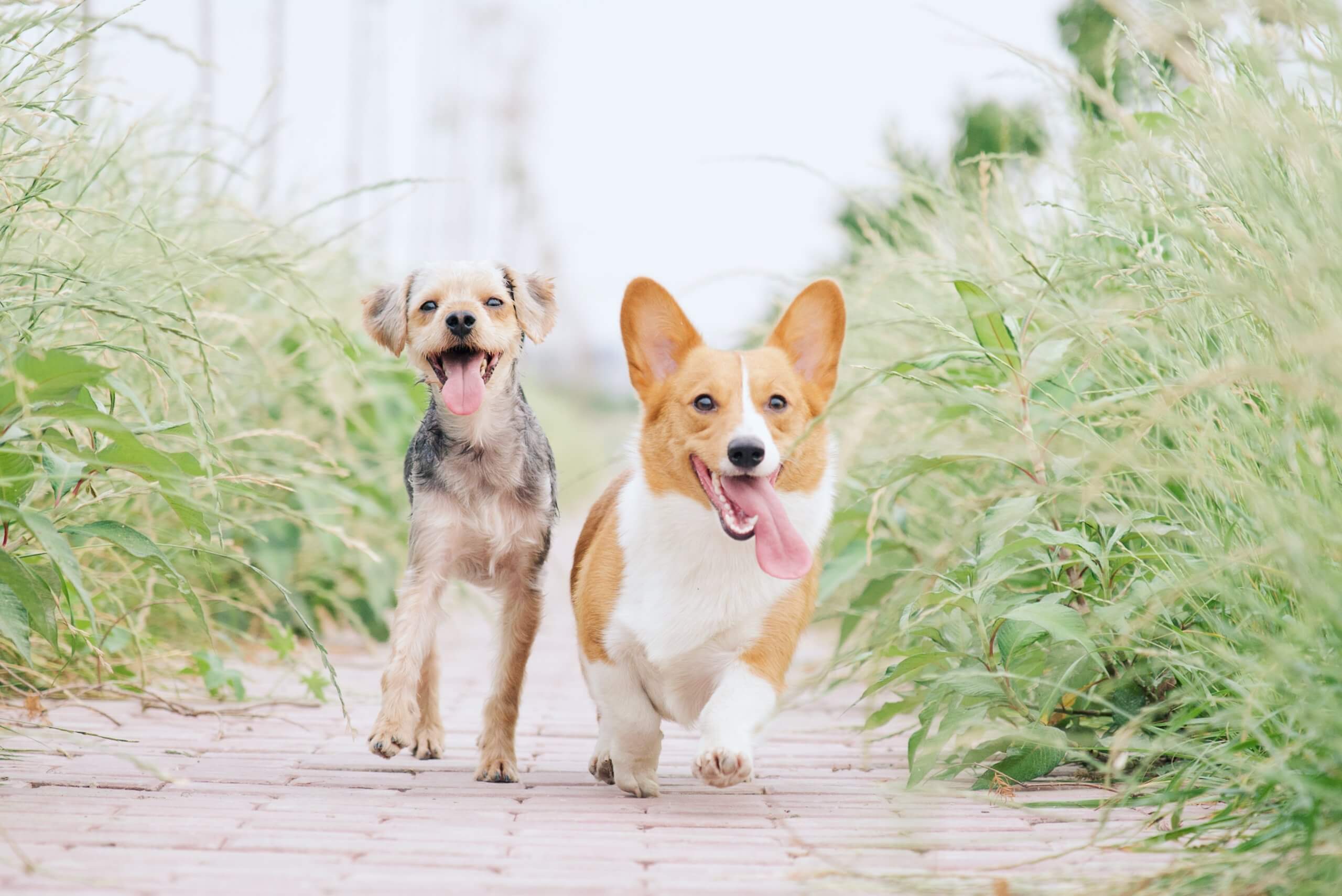Ever thought about the gut bacteria in dogs? Probably not, but scientists have studied this extensively for years. Since most of these studies are conducted with domesticated dogs in veterinary centers — who live different lives than dogs who aren’t pets — a team of researchers from around the United States grew interest in investigating the gut health of international dogs.
“It’s similar to how studies on the microbiomes of humans have been focused on people who live in cities and eat processed foods,” says Karthik Yarlagadda, a former graduate student in the Malhi group, about the difference.
To conduct the study, the researchers collected fecal samples on FTA cards, which are chemically treated papers that preserve DNA for sequencing and analysis. The samples were taken from dogs living in three different environments and conditions: pets from South Africa, stray and shelter dogs from India, and rural dogs from Laos.
The team expressed that previously, their work has been with vaccinated dogs that eat prepared and processed foods. “But that is different from animals, like the ones in Laos, that live outside and have a variety of environmental exposures. By carrying out these studies, we can learn what is considered “normal” for different populations around the world,” adds Kelly Swanson, a professor of animal and nutritional sciences.
In the shelter, the dogs ate rice, lentils, yogurt, and dog food, while the strays were likely to eat human scraps from the street. The pet dogs likely ate processed dog food, and the village dogs consumed foods like corn, bamboo, and sticky rice.
Ultimately, it was found that although the microbiomes were different depending on each geographic location and lifestyle, the gut functioned the same way. “For example, dogs that were consuming dairy in the South African and Indian populations had different Lactobacillus species that were probably involved in the same pathway,” Yarlagadda says.
In addition to comparing the microbiomes this way, the team also wanted to compare them to feces from fossilized dogs in order to note any possible changes that could be related to food industrialization. They discovered that the microbiomes of dogs outside of the United States were closely related to ancient ones, which could possibly be explained by greater environmental exposure than the typical U.S. pet.
The team hopes to expand their studies using advanced sequencing techniques, especially to compare more fossilized dogs to the present-day dogs. By doing so, this can possibly open a path for identifying if diversity in the human gut in non or considerably less-industrialized environments follow similar trends.
The study is published the Proceedings of the Royal Society B.
